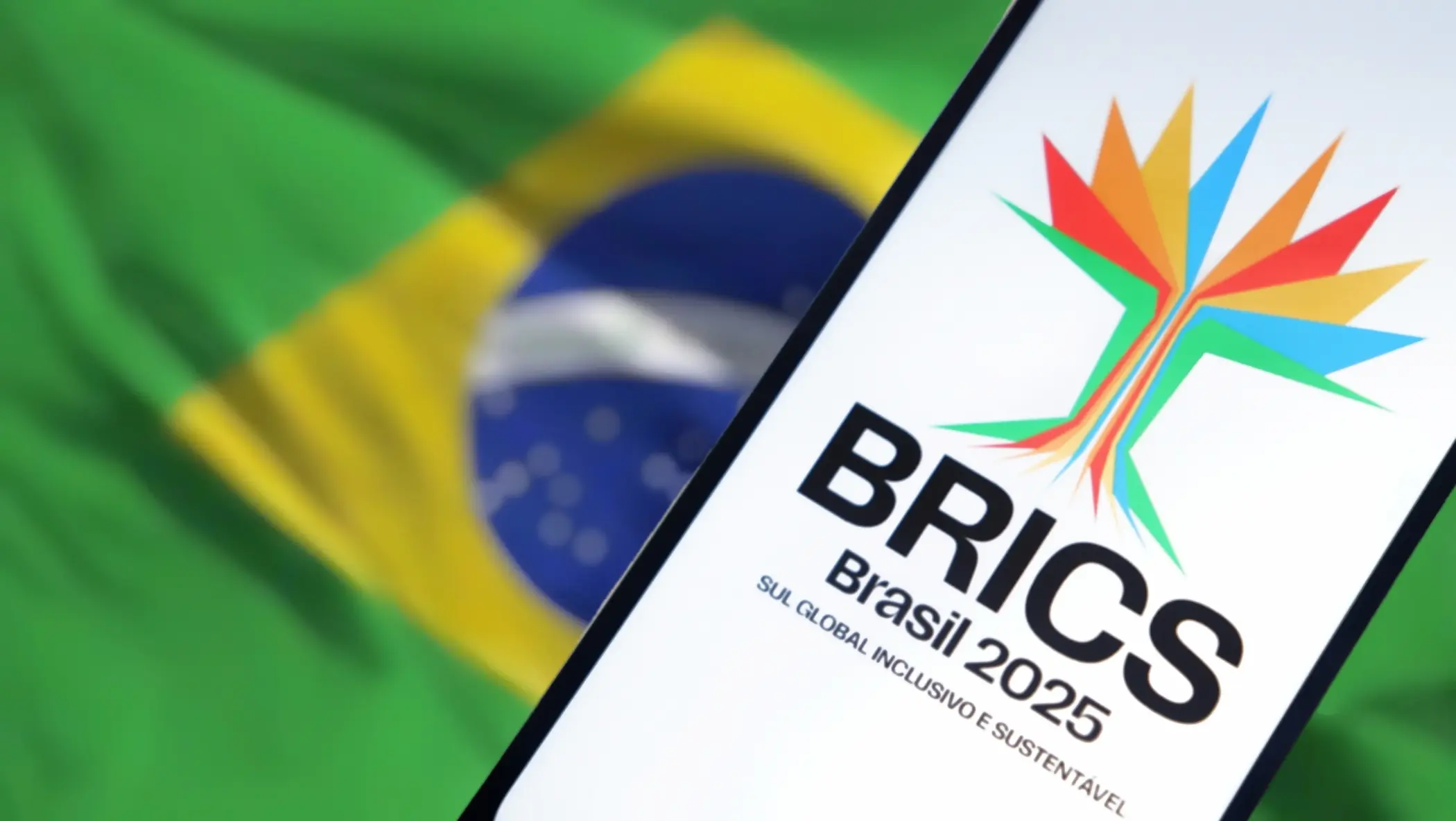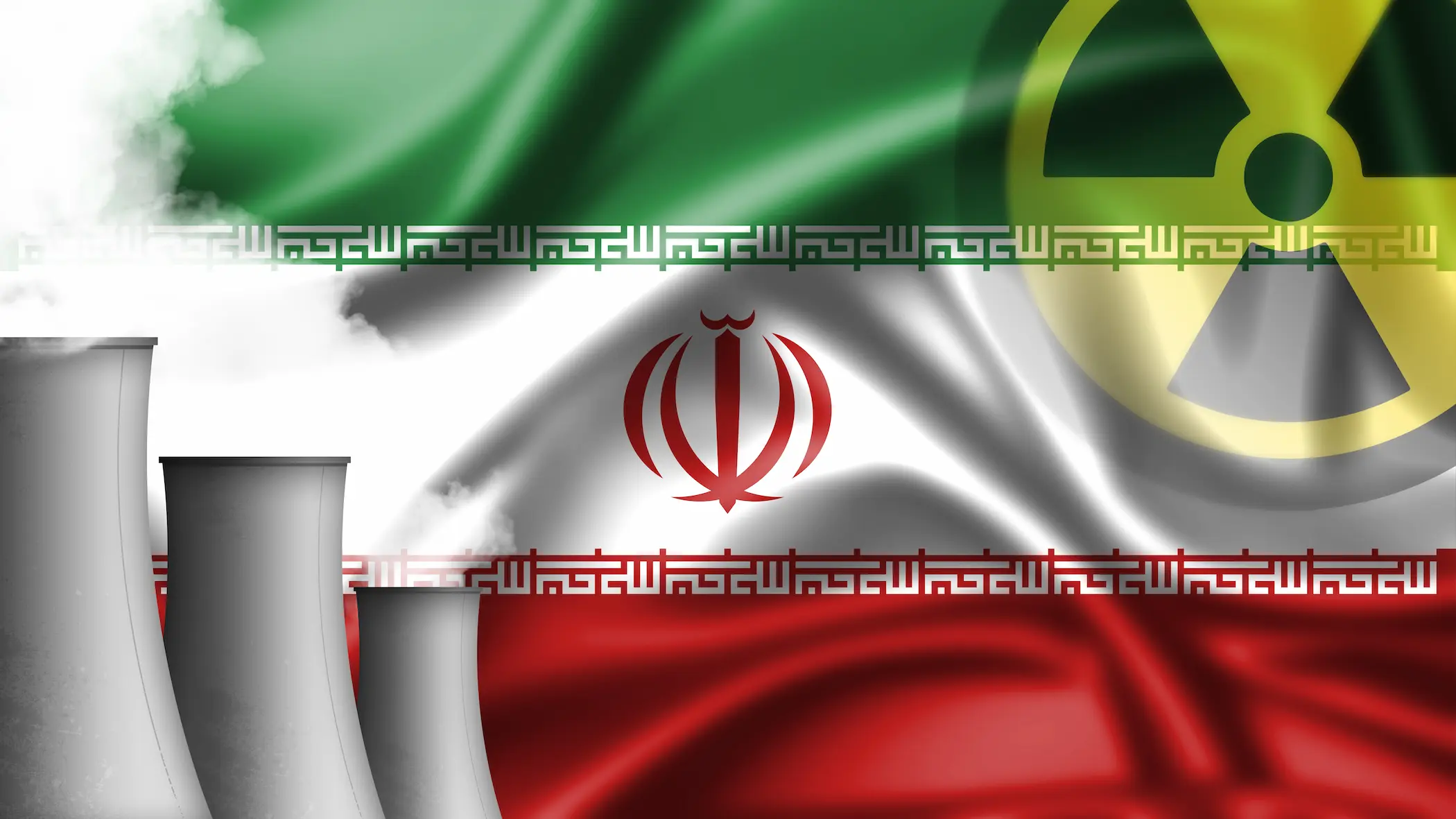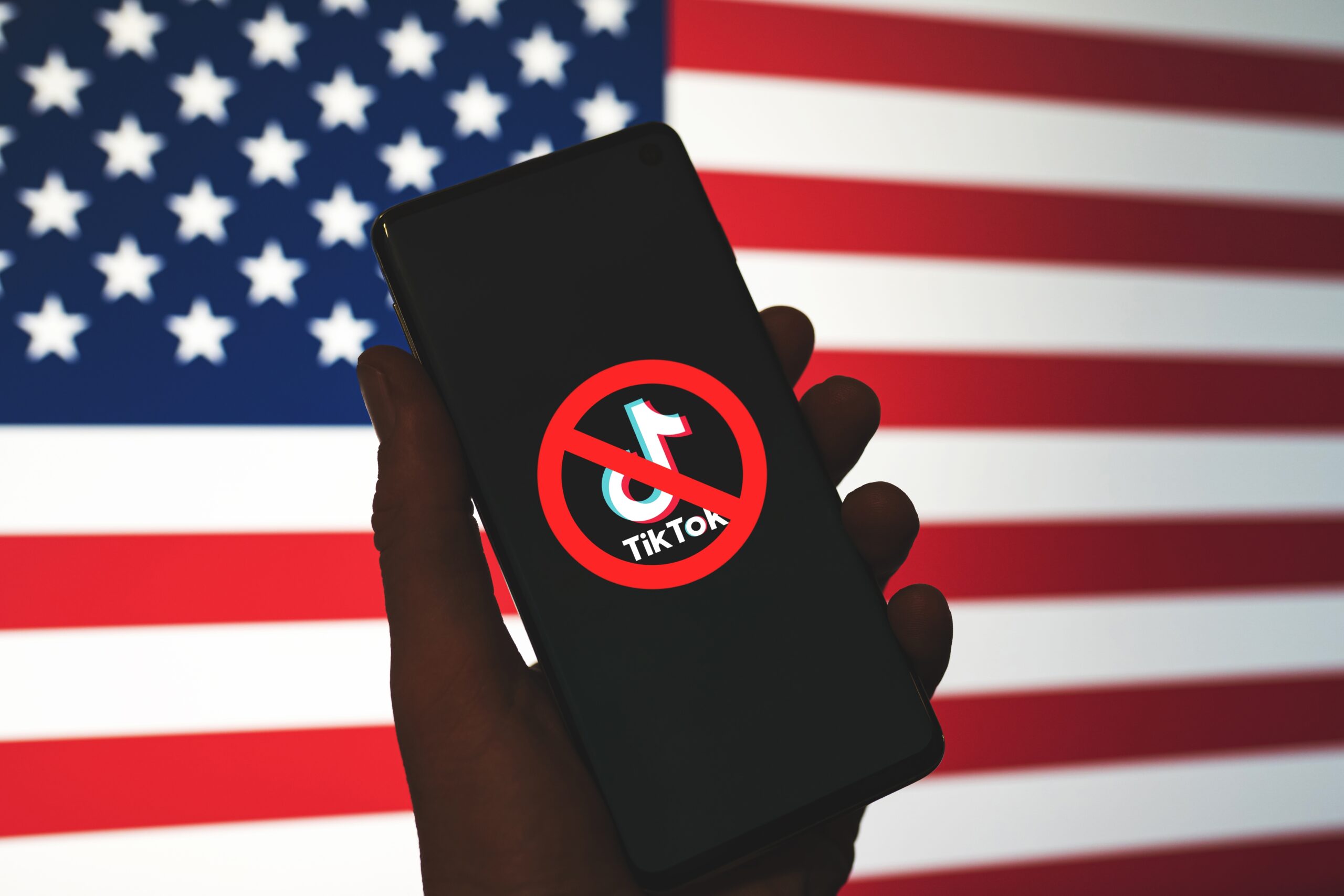The ongoing trade war between China and the United States (U.S.) has been unfolding for several years and has gained increasing public attention, largely throughout the influence of social media platforms. As awareness of the conflict spreads, social media not only informs the public but also shapes consumer behaviour, often prompting individuals to shift to alternative markets. In some cases, governments recognize this influence and strategically leverage social media influencers to guide public opinion and economic choices. This is already going on in our scenario between China and U.S.
China-U.S. Trade War
The trade conflict between China and the U.S. has been escalating and evolving over the past several years, with tensions intensifying in 2018 when President Donald Trump introduced a series of tariffs and trade barriers on Chinese goods. The goal was to pressure China into addressing what the U.S. described as unfair trade practices and intellectual property theft factors contributing to the significant U.S. China trade deficit. That year, Washington imposed three rounds of tariffs, followed by a fourth in September 2019, which included a 15% duty on a variety of Chinese imports, from meat to musical instruments. In retaliation, Beijing responded with tariffs ranging from 5% to 25% on a broad selection of American goods. The two economic giants continued to levy steep tariffs on each other, significantly disrupting bilateral trade. This escalating conflict also had global repercussions, as many countries rely heavily on economic ties with both China and the U.S.
In 2025, During his second term in the White House, Trump further escalated the conflict with the announcement of “Liberation Day”- a major intensification of the tariff war. As, On April 2, Trump announced broad tariffs aimed at boosting the U.S. economy, addressing trade imbalances, and protecting jobs. A 10% tariff on most foreign imports took effect April 5, with some exemptions. While importers pay the tax, the costs could ultimately be passed on to consumers. Some countries will only face the base rate. These include United Kingdom, United Arab Emirates, Saudi Arabia and Australia. Despite all of those executive orders, On April 9, the U.S. implemented a 145% tariff on Chinese goods, alongside additional duties affecting other global trade partners. In response, China imposed an 84% tariff on U.S. imports, starting April 10. These exceptionally high tariffs have brought U.S.-China trade relations to a near standstill, resembling a de facto trade embargo which is an action typically associated with wartime measures. The economic repercussions for both nations are expected to be significant, with potential ripple effects felt across the global economy.
Economist Zhiwei Zhang noted this likely marks the end of tariff escalation, with both sides recognizing further increases would be futile. While economic damage assessment is next, no new negotiations are expected. Unlike earlier rounds, China has held back on expanding export controls or targeting more U.S. firms, this war sparked widespread debate across social media platforms, with users actively discussing how it might affect the prices of goods and the broader cost of living worldwide throughout social media platforms, particularly TikTok.
TikTok which is owned by Chinese company ByteDance, isn’t just a social media app, it’s a cultural powerhouse, marketing machine, and geopolitical flashpoint, as shown by figure 1:
TikTok has reached 1.925 billion users globally, with 170 million monthly active users in the U.S. The average daily time spent on TikTok has more than doubled from 27 minutes in 2019 to 58 minutes in 2024. Its dominance, especially among younger generations, has transformed it into a key platform for shaping opinions, spreading activism, and influencing consumer behaviour.
TikTok: A Cultural Force and Political Flashpoint
TikTok has emerged as a powerful platform that amplifies political voices and fuels activism, from movements like Black Lives Matter and pro-Palestine protests to climate advocacy. It has provided marginalized communities a space to be heard and seen on a global scale. Besides, the total sales volume on TikTok Shop so far has been 45 million sales. Global Gross Merchandise Value (GMV) reached $33.2 billion, more than doubling year-over-year, with $9 billion generated in the U.S. alone, a 650% surge just 16 months after its September 2023 launch. Beyond its social impact, TikTok is a thriving hub for marketing and e-commerce brands leverage its viral nature to launch products, build communities, and boost sales through trends like “TikTok Made Me Buy It.” Its growing e-commerce feature, TikTok Shop, is now competing with giants like Amazon and Instagram due to its high gross rate annually as shown by figure 2:
The graph shows how TikTok’s revenue surged from $0.15 billion in 2018 to $23 billion in 2024, reflecting rapid global expansion and monetization. The platform experienced especially sharp growth between 2020 and 2024, driven by increased advertising, e-commerce features, and user engagement. This exponential rise highlights TikTok’s evolution from a social media app into a powerful economic force, though the slowing growth rate by 2024 suggests a transition into a more mature revenue phase.
Politically, the platform has been used to mobilize movements, shape public discourse, and even disrupt events, such as Trump’s 2020 Tulsa rally. Given its Chinese ownership and powerful content algorithms, the U.S. government views TikTok as a potential tool for foreign influence prompting Trump’s push for its sale to an American company.
At the same time, he approved a transaction that would have made Oracle a minority shareholder in TikTok, with Walmart and Oracle jointly owning up to 20% of the business. The majority stake would have remained with ByteDance, the Chinese parent firm of TikTok. However, the agreement was never finalised due to diplomatic and legal issues.
In Feb. 3, 2025, Trump reignited efforts by signing an executive order to create a sovereign wealth fund aimed at purchasing the app. Over 100 countries and 20 U.S. states, including Alaska, have sovereign wealth funds. Trump revived the idea, proposing it be funded through tariffs and possibly used to acquire TikTok. The plan has drawn controversy, especially regarding foreign influence. Congress’s response is uncertain, though Biden officials had considered similar strategies.
Although it has not yet been operationalized and needs congressional approval, this fund would be distinct from the Federal Reserve and the Treasury Department. As of April 2025, the platform’s future remains uncertain, with ongoing negotiations over possible purchase or divestiture plans.
A key strength of TikTok as a platform for social movements is evident in the organic rise of pro-Palestinian content following the October 7 attack. While pro-Israeli posts sharply declined over time, pro-Palestinian content steadily grew, peaking before gradually tapering off — a pattern often seen in grassroots activism. According to Northeastern University researcher Laura Edelson, who analyzed over 280,000 U.S.-based TikTok posts using the platform’s Research API, hashtags like #SavePalestine and #Gaza gained traction in a way that mirrors real-world mobilization. This highlights TikTok’s power not just for expression, but for sustaining digital engagement around political causes.
Buy Now, Bypass Tariffs: TikTok’s Direct Line to China
Beyond political concerns, TikTok has become a tool for economic disruption. In the wake of Trump’s new tariffs, Chinese influencers have used TikTok to promote direct sales from Chinese manufacturers to U.S. consumers. These influencers often share content implying that consumers can bypass retail markups by purchasing directly from Chinese factories, offering branded products at significantly lower prices.
Multiple TikTok videos reveal the factories that supply main U.S. brands like Lululemon and Nike and provide contact info for direct orders. One notable video, with nearly 10 million views, claims that Lululemon yoga leggings sold for over $100 in the U.S. cost only US$5 to US$6 to manufacture in China. These videos also criticise U.S. trade policies, with some creators calling for wider social reforms.
In 2024, TikTok Shop saw rapid expansion, with the U.S. emerging as its top market by sales value, surpassing all Southeast Asian countries.
The graph shows how rapidly is the sharp growth of TikTok sales. By mid-2024, monthly U.S. sales consistently exceeded $1 billion, driven largely by repeat buyers, signalling strong customer satisfaction and loyalty. TikTok’s influence on social commerce continues to grow in 2025, with projected U.S. sales growth nearing 200%, despite regulatory pressures and talks about a potential ban. Globally, TikTok Shop is targeting almost 100% growth, expanding into new markets like Italy, Germany, and Brazil. In the U.S., 40% of GMV comes from short-form videos, 30% from the shop itself, and 10% from livestreaming—highlighting a stark contrast to Douyin’s livestream-heavy model in China.
Trade Disrupted: How Direct Sales Are Reshaping Global Commerce
The rise of direct factory-to-consumer sales marks a major shift in global trade that was not feasible during past trade conflicts. Traditionally, tariffs targeted formal import routes, but social media now allows Chinese manufacturers to skip intermediaries and sell straight to American buyers. This direct access makes it harder to enforce tariffs, as it’s more difficult to monitor countless small packages than large shipments from known importers. Adding to that, it is clear that no matter how high the price goes, there’s a loss the buyer won’t bear, as in the end, the final price will still be lower than the original value. Besides, the booms in factory-direct content aligns with the removal of the de minimis rule, which previously let shipments under $800 enter the U.S. without duties which indicates that manufacturers are rushing to build direct customer ties before this loophole closes.
The viral spread of factory direct videos has empowered U.S. consumers by revealing the true cost of goods and exposing the hefty markups imposed by middlemen and American retailers. For many viewers, it was an eye-opening moment that highlighted how inflated prices have become for everyday items. This transparency has allowed consumers to make more informed choices and even connect directly with overseas manufacturers, potentially saving significant money. While buyers are still required to declare goods and pay duties on purchases over $800, the opportunity to bypass traditional retail channels is appealing, especially when manufacturers openly invite Americans to visit and see the operations firsthand. A notable advantage of the so-called “Reverse Daigou” trend is the growing recognition that many high-quality, affordable products originate from China. This shift reflects increased consumer awareness and challenges the effectiveness of U.S. trade policies aimed at protecting domestic industries. Rather than harming Chinese sales, these policies often add unnecessary.
friction, making products more expensive for American consumers without significantly benefiting local manufacturers. The trend highlights how global markets adapt and thrive despite trade barriers, suggesting that open access and consumer choice may drive greater value than restrictive economic measures.
Even though, direct to consumer sales by Chinese manufacturers may offer a way to bypass and offset the impact of U.S. tariffs, this channel comes with a several drawbacks. First and foremost, it is more challenging for the manufactures to handle sales, marketing and logistics on its own, especially after they used to depend on wholesalers or retailers for several years. In addition, there is higher barrier to entry as it often requires significant initial investment.
The Decline of U.S. Tariff Power in the TikTok Era
In 2025, U.S. tariffs on Chinese goods may prove less effective than they were during the 2018 trade war. Back then, the tariffs dealt a heavy blow to China’s export-driven sectors like electronics, textiles, toys, and furniture which causes nearly 1.9 million manufacturing job losses and hitting small and medium-sized enterprises especially hard. Also, China’s GDP growth slowed to its lowest rate in nearly three decades—6.0% in 2019, down from 6.7% in 2018. In addition, studies showed that 22% of companies plan to decrease their investment in China, with most of those companies planning to move their investments to low-wage countries, such as Vietnam, Thailand, and even Mexico. Chinese businesses scrambled to adapt by experimenting with drop shipping and online marketplaces, but their focus remained largely on shifting exports to new global markets rather than selling directly to U.S. consumers.
Today, the landscape has shifted. Chinese factories, especially in manufacturing hubs like Guangdong and Zhejiang, are actively using social media platforms like TikTok and Rednote to connect with U.S. buyers directly. Viral videos, livestreams, and personalized content are enabling manufacturers to bypass traditional supply chains and reach consumers without intermediaries. This direct-to-consumer model makes it harder for U.S. authorities to enforce tariffs, as millions of small packages are far more difficult to monitor than bulk container shipments. Meanwhile, the weakening of trade ties between the U.S. and other countries could push some of America’s traditional allies closer to China like Canada, Mexico, and even some European Union members further diluting the effectiveness of U.S. protectionist measures. platforms like TikTok are not merely entertainment hubs; they are increasingly powerful instruments of economic influence, capable of reshaping trade patterns and undermining state policy.
In conclusion, TikTok has evolved from a simple entertainment platform into a geopolitical and economic force, particularly in the context of the U.S.-China trade war. While tariffs aimed to curb China’s economic reach, they have been partially undermined by the rise of direct-to-consumer sales powered by TikTok’s viral reach and influencer driven commerce. The app has enabled Chinese manufacturers to connect directly with American consumers, bypassing traditional supply chains and tariff enforcement mechanisms. This not only challenges the effectiveness of U.S. trade policy but also reshapes global commerce by promoting price transparency and exposing inflated markups. With the looming removal of the de minimis rule and TikTok Shop’s explosive U.S. growth, the platform may be accelerating a shift in consumer behaviour that favours Chinese products despite geopolitical tensions. In this light, TikTok has become a powerful, unconventional tool in China’s economic playbook—one that blurs the lines between commerce, culture, and international strategy.
References
A Plan for Establishing a United States Sovereign Wealth Fund, February 3, 2025, https://www.whitehouse.gov/presidential-actions/2025/02/a-plan-for-establishing-a-united-states-sovereign-wealth-fund/
A quick guide to the US-China trade war, January 16, 2020, BBC news, https://www.bbc.com/news/business-45899310
Arendse Huld, “Trump Raises Tariffs on China to 104% – Overview and Trade Implications,” China briefing, April 9, 2025 https://www.china-briefing.com/news/trump-raises-tariffs-on-china-to-54-overview-and-trade-implications/
Arendse Huld, “Trump Raises Tariffs on China to 145% – Overview and Trade Implications,” China briefing, https://www.china-briefing.com/news/trump-raises-tariffs-on-china-to-125-overview-and-trade-implications/
China strikes back with 125% tariffs on U.S. goods as trade war intensifies, CNBC, Apr 11 2025, https://www.cnbc.com/2025/04/11/china-strikes-back-with-125percent-tariffs-on-us-goods-starting-april-12.html
Chinese TikTok influencers challenge US tariffs with direct sales, techinasia, April 15, 2025, https://www.techinasia.com/news/chinese-tiktok-influencers-challenge-tariffs-direct-sales
Cyrus Moulton,” Pro-Palestinian posts significantly outnumbered pro-Israeli posts on TikTok, new Northeastern research shows,” Northeastern Global News, https://news.northeastern.edu/2024/05/10/israel-hamas-tiktok-research/
D2C: Direct to Success / Benefits and Challenges, Univio, June 27, 2023, https://www.univio.com/blog/d2c-direct-to-success-benefits-and-challenges/#:~:text=Competition%20with%20distributors,to%20sell%20a%20manufacturer’s%20products
Dorcas Wong and Alexander Chipman Koty, “The US-China Trade War: A Timeline,” China briefing, August 25, 2020, https://www.china-briefing.com/news/the-us-china-trade-war-a-timeline/
GDP growth (annual %) -China, World Bank Data, https://data.worldbank.org/indicator/NY.GDP.MKTP.KD.ZG?end=2023&locations=CN&start=2012
How many users on TikTok? Statistics & Facts (2025), SEO.AI, Jan 23, 2025, https://seo.ai/blog/how-many-users-on-tiktok#:~:text=TikTok%20Key%20Statistics,to%2058%20minutes%20in%202024
Iris Zhao and Bang Xiao, “Chinese factories appeal directly to US consumers on TikTok as tariffs bite,” ABC News, April 16, 2025, https://www.abc.net.au/news/2025-04-16/chinese-factories-turn-to-tiktok-bypass-tariffs-american-market/105184576
Mansoor Iqbal, “TikTok Revenue and Usage Statistics,” business of apps, https://www.businessofapps.com/data/tik-tok-statistics/
Nadica Naceva, Top 13 TikTok Shop Stats for 2024, influencer marketing hub, March 28th, 2025, https://influencermarketinghub.com/tiktok-shop-stats/?
Richard Hall, “Chinese manufacturers flood TikTok with videos urging Americans to buy direct after Trump’s tariffs,” Yahoo News, https://www.yahoo.com/news/chinese-factories-flood-tiktok-videos-204209131.html
Steven Overly,” Trump approves Oracle’s proposed deal with TikTok,” politico, https://www.politico.com/news/2020/09/19/trump-gives-blessing-tiktok-deal-418528?
Tessa Wong and Kayla Epstein, “At a glance: Trump’s tariffs on China, EU and rest of the world,” BBC news, https://www.bbc.com/news/articles/c1jxrnl9xe2o
The Mid-Sized Manufacturers’ Guide to Chinese Tariffs, supplyone, August 23, 2019, https://www.supplyone.com/news/mid-sized-manufacturers-guide-chinese-tariffs/
Trump signs order to create sovereign wealth fund that could buy TikTok, the guardian, February 3, 2025, https://www.theguardian.com/us-news/2025/feb/03/trump-sovereign-wealth-fund-tiktok












Comments